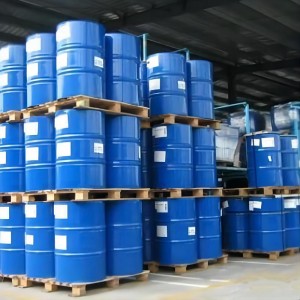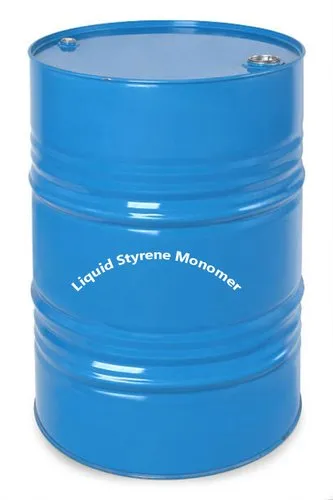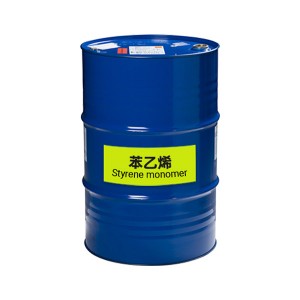
Products
Acrylonitrile for NBR
Acrylonitrile for NBR,
Acrylonitrile For Nitrile Rubber,
Nitrile (often referred to as buna-N rubber or perbunan) is the most commonly used elastomer in the seal industry. Nitrile is a copolymer of two monomers: acrylonitrile (ACN) and butadiene. The properties of these rubber compounds are determined by its ACN content, which is broken down into three classifications:
High nitrile >45% ACN content,
Medium nitrile 30-45% ACN content,
Low nitrile <30% ACN content.
The higher the ACN content, the better its resistance to hydrocarbon oils. The lower the ACN content the better its flexibility in low temperature applications. Medium nitrile is, therefore, most widely specified due to its good overall balance in most applications. Typically, nitriles can be compounded to work over a temperature range of –35°C to +120°C and are superior to most elastomers in regard to compression set, tear and abrasion resistance.
Product Features
| Product Name | Acrylonitrile |
| Other Name | 2-Propenenitrile, Acrylonitrile |
| Molecular Formula | C3H3N |
| CAS No | 107-13-1 |
| EINECS No | 203-466-5 |
| UN NO | 1093 |
| Hs Code | 292610000 |
| Molecular weight | 53.1 g/mol |
| Density | 0.81 g/cm3 at 25℃ |
| Boiling point | 77.3℃ |
| Melting point | -82℃ |
| Vapor pressure | 100 torr at 23℃ |
| Solubility Soluble in isopropanol, ethanol, ether,acetone, and benzene Conversion factor | 1 ppm = 2.17 mg/m3 at 25 ℃ |
| Purity | 99.5% |
| Appearance | Colorless transparent liquid |
| Application | Used in the manufacture of polyacrylonitrile, nitrile rubber, dyes, synthetic resins |
Certificate of Analysis
|
Test |
Item |
Standard Result |
|
Appearance |
Colorless transparent liquid |
|
|
Color APHA Pt-Co :≤ |
5 |
5 |
|
acidity(acetic acid)mg/kg ≤ |
20 |
5 |
|
PH(5% aqueous solution ) |
6.0-8.0 |
6.8 |
|
Titration value (5% aqueous solution ) ≤ |
2 |
0.1 |
|
Water |
0.2-0.45 |
0.37 |
|
Aldehydes value(acetaldehyde)(mg/kg) ≤ |
30 |
1 |
|
Cyanogens value (HCN) ≤ |
5 |
2 |
|
Peroxide(hydrogen peroxide)(mg/kg) ≤ |
0.2 |
0.16 |
|
Fe (mg/kg) ≤ |
0.1 |
0.02 |
|
Cu (mg/kg) ≤ |
0.1 |
0.01 |
|
Acrolein (mg/kg) ≤ |
10 |
2 |
|
Acetone ≤ |
80 |
8 |
|
Acetonitrile (mg/kg) ≤ |
150 |
5 |
|
Propionitrile (mg/kg) ≤ |
100 |
2 |
|
Oxazole (mg/kg) ≤ |
200 |
7 |
|
Methylacrylonitrile (mg/kg) ≤ |
300 |
62 |
|
Acrylonitrile Content(mg/kg) ≥ |
99.5 |
99.7 |
|
Boiling range (at 0.10133MPa),℃ |
74.5-79.0 |
75.8-77.1 |
|
Polymerization inhibitor (mg/kg) |
35-45 |
38 |
|
Conclusion |
The results conform with enterprise stand |
|
Package and Delivery
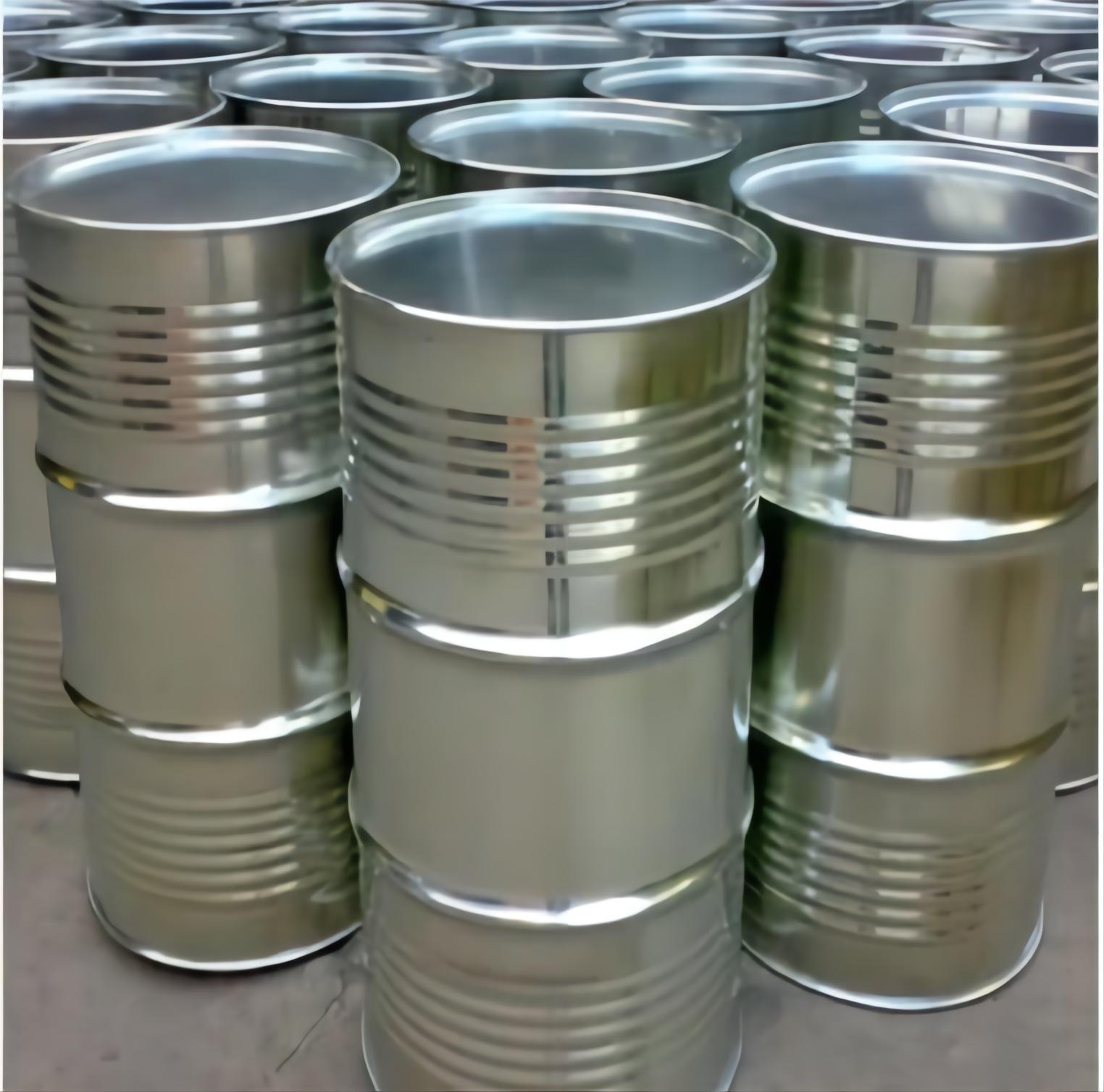
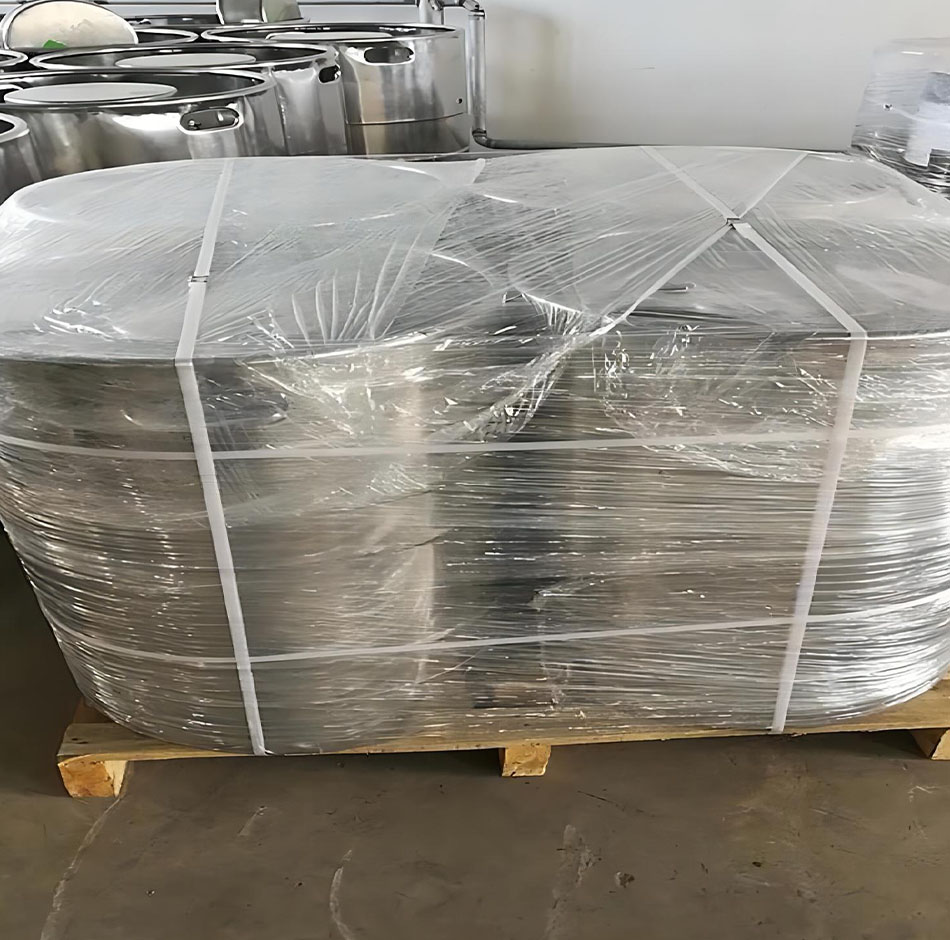
Product Application
Acrylonitrile is produced commercially by propylene ammoxidation, in which propylene,ammonia, and air are reacted by catalyst in a fluidized bed. Acrylonitrile is used primarily as a co-monomer in the production of acrylic and modacrylic fibers. Uses include the production of plastics, surface coatings, nitrile elastomers, barrier resins, and adhesives. It is also a chemical intermediate in the synthesis of various antioxidants, pharmaceuticals, dyes, and surface-active.
1. Acrylonitrile made of polyacrylonitrile fiber, namely acrylic fiber.
2. Acrylonitrile and butadiene can be copolymerized to produce nitrile rubber.
3. Acrylonitrile, butadiene, styrene copolymerized to prepare ABS resin.
4. Acrylonitrile hydrolysis can produce acrylamide, acrylic acid and its esters.



